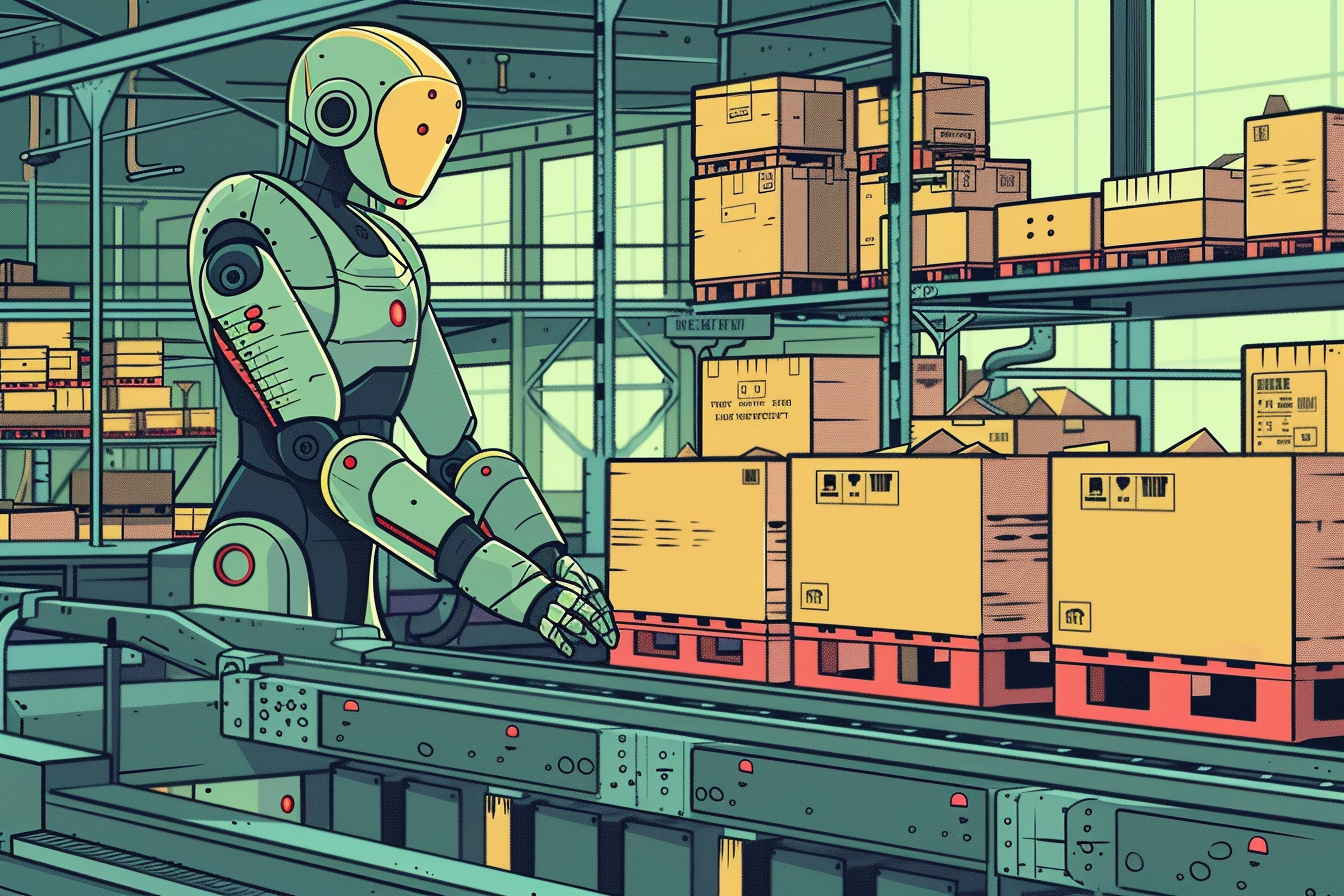
- Intel patents system for robots to co-work with humans safely using real-time motion planning
- System calculates occupancy probability and collision-free waypoints to adjust robot's course of action
- Concerns about safety measures in case of collision, but potential for enhanced collaboration between robots and humans
Intel has patented a system for robots to co-work with humans safely in manufacturing and office environments using real-time motion planning. The technology aims to prevent hazardous interactions and improve efficiency, potentially reducing reliance on human labor in the future.
What to know: Intel has filed a patent for a real-time motion and path planner for robots to ensure safe co-working with humans in shared spaces. The system uses sensor data and occupancy information to help autonomous robots navigate their surroundings without causing harm. By calculating occupancy probability in real time and tracking collision-free waypoints, the system can adjust the robot's course of action if the environment becomes occupied. This innovation aims to address the increasing number of robots in environments like manufacturing floors, office buildings, and warehouses, where hazardous interactions with humans can occur.
Looking ahead: Intel's patent introduces a system that focuses on monitoring the immediate space around a robot rather than mapping out the entire area over a 3D grid. By doing so, the system overcomes the issue of robots overly restricting their movements due to perceiving too many spaces as occupied. This approach not only enhances the range of movement for robots in factory settings but also conserves computational resources. However, there are concerns about what happens in the event of a collision, with experts emphasizing the importance of safety measures such as a kill switch for robots in manufacturing and logistics settings.
Deeper details: While regulations often require robots to be fenced off from human interaction in factory settings, advancements like Intel's patent could enhance collaboration between robots and humans. Dibachi emphasizes the potential for robots to integrate with humans effectively, enhancing productivity and addressing potential labor shortages in the manufacturing sector. Intel's patent also suggests that the technology is not limited to human collaborations but can be applied to any dynamic objects sharing a space, potentially paving the way for a more automated production model with minimal human involvement.


